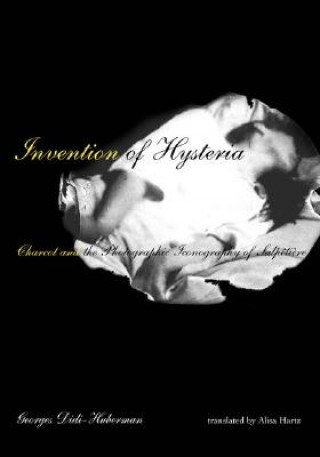
Kód: 04397547
Invention of Hysteria
Autor Didi-Huberman
In this classic of French cultural studies, Georges Didi-Huberman traces the intimate and reciprocal relationship between the disciplines of psychiatry and photography in the late nineteenth century. Focusing on the immense photog ... celý popis
- Jazyk:
 Angličtina
Angličtina - Vazba: Brožovaná
- Počet stran: 385
Nakladatelství: MIT Press Ltd, 2004
- Více informací o knize

Mohlo by se vám také líbit
-

Walking Dead Compendium Volume 1
1209 Kč -

New Moody Atlas of the Bible
1154 Kč -

Bear Island
312 Kč -

America's Reluctant Prince
493 Kč -

The Elf on the Shelf Search and Find
196 Kč -

SM Jrnl Artisan Wherever You Go
275 Kč -
![Pop Metal [With CD] Pop Metal [With CD]](https://media.libris.to/jacket/23863435t.jpg)
Pop Metal [With CD]
427 Kč -

Filofax Personal Holborn purple organiser
2711 Kč -

First 50 Movie Themes You Should Play on Piano
534 Kč -

Bond Undone
323 Kč -

Skeptics' Guide to the Universe
378 Kč -

Nordic Tales
517 Kč -

Watercolor with Me
490 Kč -

Good Omens (Film Tie-in)
213 Kč -

Vampire Knight: Memories, Vol. 3
196 Kč -

Bell P39 Airacobra and P63 Kingcobra Fighters: Soviet Service during World War II
1370 Kč -

Tour of Representation Theory
4942 Kč -

The Culture Code
213 Kč -

Psychology of Time Travel
302 Kč -

Sartorialist: Closer (The Sartorialist Volume 2)
1016 Kč -

Magos
312 Kč -

Dian Hanson's Pussy Book
539 Kč -

Sketchbook of Loish
714 Kč -

Maybe in Another Life
250 Kč -
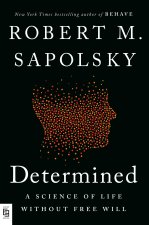
Determined
487 Kč -

Magnum Magnum
3348 Kč -

The Art of Home: A Designer Guide to Creating an Elevated Yet Approachable Home
869 Kč -

The Bone Season: Tenth Anniversary Edition
645 Kč -

Husky and His White Cat Shizun: Erha He Ta De Bai Mao Shizun (Novel) Vol. 3
351 Kč -

Star Wars The High Republic: Quest For Planet X
367 Kč -

Twisted Games
213 Kč -

Battle of Rocroi 1643
677 Kč -

Short Stories in Spanish for Beginners, Volume 2
303 Kč -

Pharmacopoeia
403 Kč -

Memory Called Empire
302 Kč -
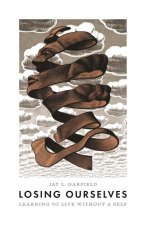
Losing Ourselves
684 Kč -

Fantasy Mapping
692 Kč -

React Cookbook
1322 Kč -

Dinosaurs
1602 Kč -

Bluey: Little Library
170 Kč -

Young Poland
1420 Kč -

Egyptian Cookbook: Enjoy Authentic Egyptian Cooking with 50 Delicious Egyptian Recipes (3rd Edition)
314 Kč -

Excellence in People Analytics
1121 Kč -

Graphic Guide to Frame Construction
616 Kč -

Governance, Globalization and Public Policy
1285 Kč -

Eusebius
499 Kč -

Start With Why
303 Kč -

Howl's Moving Castle Film Comic, Vol. 1
223 Kč -

Pirate King
266 Kč -

Solid State Physics
2734 Kč -

Unweaving the Rainbow
302 Kč -

Crime and Punishment
290 Kč -

Don Casey's Complete Illustrated Sailboat Maintenance Manual
1371 Kč -

Collins Beekeeper's Bible
944 Kč -

Contemporary Jazz Piano
541 Kč -

Brain
302 Kč -
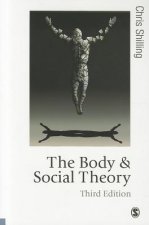
Body and Social Theory
3010 Kč -

Longman Dictionary of Contemporary English 6 paper
1221 Kč -

Life Lessons from the Monk Who Sold His Ferrari
195 Kč -

Suzuki Violin School, Vol 2: Violin Part
410 Kč -

Wasted
396 Kč -

Intermediate Russian
1811 Kč -

First Sticker Book Trains
169 Kč -

Little Women
191 Kč -

Early Keyboard Music, Vol 2
472 Kč -

Don't Be Cruel: Akira Takanashi's Story
402 Kč -

Free Sex Chocolate
443 Kč -

Library at Mount Char
382 Kč -
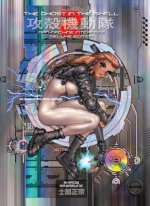
Ghost In The Shell 2 Deluxe Edition
725 Kč -

Witches' Bane
219 Kč -

Rabbit and Bear: Rabbit's Bad Habits
223 Kč -

Metamathematics of First-Order Arithmetic
4943 Kč -

Smith-Waite Tarot Deck in a Tin
472 Kč -

Stone Sky
302 Kč -

Introduction to the Gothic Language
1178 Kč -

Planting in a Post-Wild World
706 Kč -

The Princess Diaries, Royal Wedding
224 Kč -
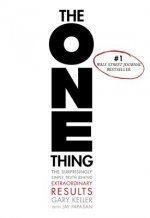
ONE Thing
558 Kč -

Kücük Prens
234 Kč -

Van Gogh
88 Kč -
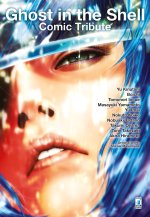
Ghost in the shell. Comic tribute
355 Kč -

The Grandmaster of Demonic Cultivation Light Novel 05 HARDCOVER
364 Kč -

Wiedzmin 7 Pani Jeziora
307 Kč -

Mein Wisch-und-weg-Vorschulspaß: Ich zähle bis 20!
188 Kč
Darujte tuto knihu ještě dnes
- Objednejte knihu a zvolte Zaslat jako dárek.
- Obratem obdržíte darovací poukaz na knihu, který můžete ihned předat obdarovanému.
- Knihu zašleme na adresu obdarovaného, o nic se nestaráte.
Více informací o knize Invention of Hysteria
Nákupem získáte 170 bodů
 Anotace knihy
Anotace knihy
In this classic of French cultural studies, Georges Didi-Huberman traces the intimate and reciprocal relationship between the disciplines of psychiatry and photography in the late nineteenth century. Focusing on the immense photographic output of the Salpetriere hospital, the notorious Parisian asylum for insane and incurable women, Didi-Huberman shows the crucial role played by photography in the invention of the category of hysteria. Under the direction of the medical teacher and clinician Jean-Martin Charcot, the inmates of Salpetriere identified as hysterics were methodically photographed, providing skeptical colleagues with visual proof of hysteria's specific form. These images, many of which appear in this book, provided the materials for the multivolume album Iconographie photographique de la Salpetriere.As Didi-Huberman shows, these photographs were far from simply objective documentation. The subjects were required to portray their hysterical "type"--they performed their own hysteria. Bribed by the special status they enjoyed in the purgatory of experimentation and threatened with transfer back to the inferno of the incurables, the women patiently posed for the photographs and submitted to presentations of hysterical attacks before the crowds that gathered for Charcot's "Tuesday Lectures."Charcot did not stop at voyeuristic observation. Through techniques such as hypnosis, electroshock therapy, and genital manipulation, he instigated the hysterical symptoms in his patients, eventually giving rise to hatred and resistance on their part. Didi-Huberman follows this path from complicity to antipathy in one of Charcot's favorite "cases," that of Augustine, whose image crops up again and again in the Iconographie. Augustine's virtuosic performance of hysteria ultimately became one of self-sacrifice, seen in pictures of ecstasy, crucifixion, and silent cries.
 Parametry knihy
Parametry knihy
Zařazení knihy Knihy v angličtině The arts Art treatments & subjects Human figures depicted in art
1702 Kč
- Plný název: Invention of Hysteria
- Autor: Didi-Huberman
- Jazyk:
 Angličtina
Angličtina - Vazba: Brožovaná
- Počet stran: 385
- EAN: 9780262541800
- ISBN: 0262541807
- ID: 04397547
- Nakladatelství: MIT Press Ltd
- Hmotnost: 820 g
- Rozměry: 254 × 181 × 22 mm
- Datum vydání: 17. September 2004
Oblíbené z jiného soudku
-

The Big Penis Book
1235 Kč -
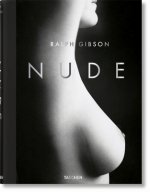
Ralph Gibson. Nude
1186 Kč -

Helmut Newton: Portraits
1192 Kč -

Anatomy for 3D Artists
898 Kč -
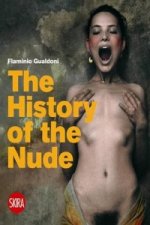
History of the Nude
542 Kč -

PinUp-Kalender 2024 (Wandkalender 2024 DIN A2 quer), CALVENDO Monatskalender
1720 Kč -
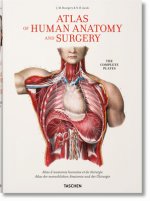
Bourgery. Atlas of Human Anatomy and Surgery
1477 Kč -

Facial Expressions
624 Kč -

Kinbaku
605 Kč -

Big Ass Book
276 Kč -

Extreme Hairy Pink Pussy
1475 Kč -
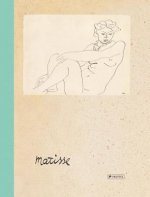
Henri Matisse
488 Kč -

Toys & Pussy Girls
479 Kč -
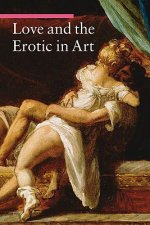
Love and the Erotic in Art
698 Kč -
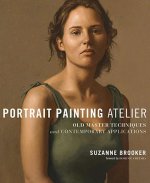
Portrait Painting Atelier
714 Kč -
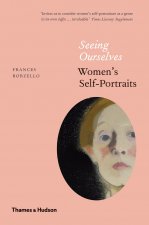
Seeing Ourselves
615 Kč -

Beautiful Breasts Pictures
547 Kč -
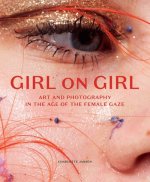
Girl on Girl
463 Kč -
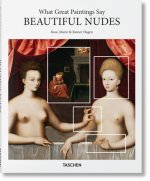
What Great Paintings Say. Beautiful Nudes
534 Kč -

Drawing and Painting Beautiful Faces
486 Kč -
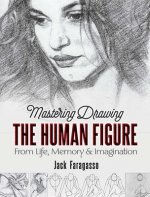
Mastering Drawing the Human Figure
615 Kč -
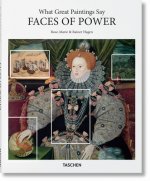
What Great Paintings Say. Faces of Power
439 Kč -
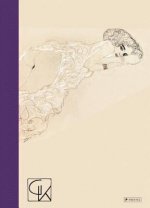
Gustav Klimt
489 Kč -
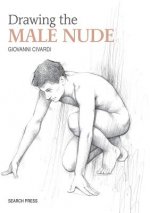
Drawing the Male Nude
403 Kč -
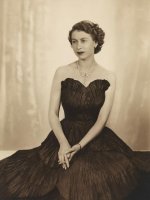
Elizabeth II
408 Kč -

My Gay Eye
572 Kč -
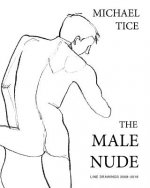
Male Nude
700 Kč -
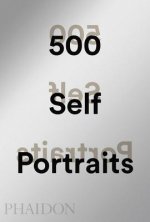
500 Self-Portraits
764 Kč -

The Art of Arousal
595 Kč -

Motocross - mit vollem Risiko (Wandkalender 2024 DIN A4 quer), CALVENDO Monatskalender
586 Kč -
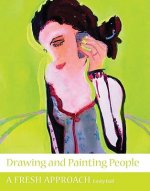
Drawing and Painting People
572 Kč -

Freiheit und Abenteuer - Paragliding (Wandkalender 2024 DIN A4 quer), CALVENDO Monatskalender
586 Kč -

Windsurfing - extrem cool (Wandkalender 2024 DIN A4 quer), CALVENDO Monatskalender
586 Kč -
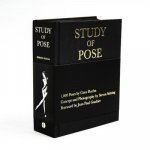
Study of Pose
1900 Kč -

Creating Characters for the Entertainment Industry
898 Kč -
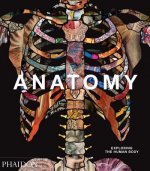
Anatomy, Exploring the Human Body
1233 Kč -

Laurent Benaim
1227 Kč -

Robert Crumb. Sketchbook Vol. 1. 1964-1968
1059 Kč -
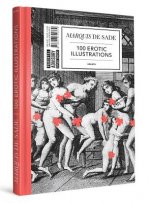
Marquis De Sade: 100 Erotic Illustrations
704 Kč -
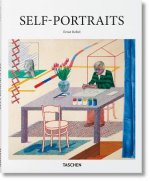
Self-Portraits
410 Kč -

Naked Girls with Small Breasts
1475 Kč -
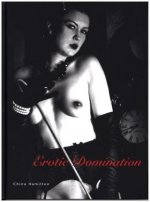
Erotic Domination
505 Kč -
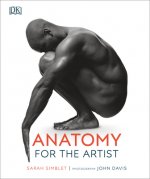
Anatomy for the Artist
955 Kč -

Pin-Up Art of Archie Dickens
394 Kč -
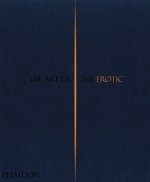
Art of the Erotic
2140 Kč -
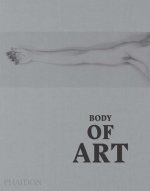
Body of Art
1193 Kč -

Draw People Every Day
543 Kč -

Sensual Love Girls
1475 Kč -
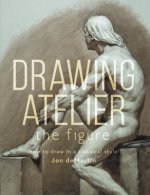
Drawing Atelier - The Figure
886 Kč
Osobní odběr Praha, Brno a 12903 dalších
Copyright ©2008-24 nejlevnejsi-knihy.cz Všechna práva vyhrazenaSoukromíCookies



 Vrácení do měsíce
Vrácení do měsíce 571 999 099 (8-15.30h)
571 999 099 (8-15.30h)